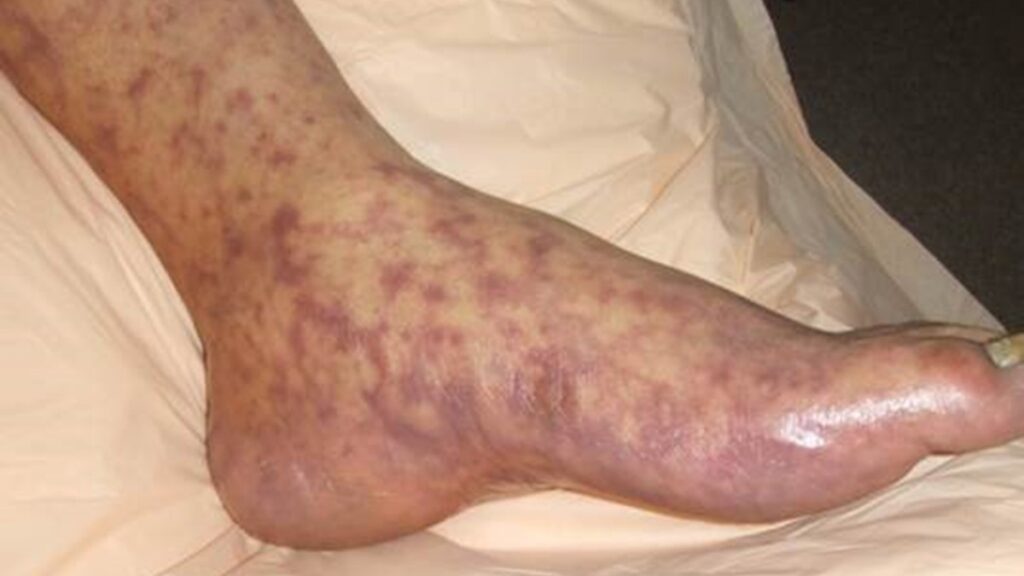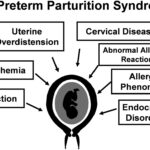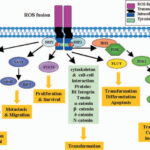Rocky Mountain spotted fever (RMSF) is a severe and potentially life-threatening tick-borne illness caused by the bacterium Rickettsia rickettsii. First identified in the Rocky Mountains, the disease now occurs throughout the Americas, with the highest incidence reported in the southeastern and south-central United States. Prompt recognition and treatment are critical due to the rapid progression of the disease if left untreated.

Causative Agent and Transmission Pathways
R. rickettsii targets vascular endothelial cells, leading to widespread vasculitis, which underpins many of the clinical manifestations and complications of RMSF.
Epidemiology and Risk Factors
While RMSF can affect individuals of any age, certain populations are at increased risk:
- Children under 10 years old
- Individuals with frequent tick exposure (campers, hikers, pet owners)
- People living in or visiting endemic areas during tick season (spring through early fall)
Endemic regions include Oklahoma, North Carolina, Tennessee, Arkansas, and Missouri—states that collectively report over 50% of annual U.S. RMSF cases.
Clinical Presentation and Symptoms
RMSF symptoms typically develop 2 to 14 days following a tick bite. Early symptoms are non-specific but rapidly escalate:
Early Symptoms (First 3-5 Days)
- Fever and chills
- Severe headache
- Myalgia (muscle aches)
- Nausea and vomiting
- Loss of appetite
Progression (Day 5-7)
- Rash (90% of cases, but may appear late)
- Begins as maculopapular on wrists and ankles
- Progresses to petechial rash involving palms and soles
- Abdominal pain (may mimic appendicitis)
- Conjunctival injection
- Neurologic symptoms (confusion, ataxia, seizures in severe cases)
Delayed treatment correlates with increased risk of severe complications and mortality.
Diagnostic Evaluation
Accurate diagnosis relies on clinical suspicion due to the delay in confirmatory testing and the urgency of early treatment.
Diagnostic Tools
- Serology (IFA test): Best for retrospective confirmation; antibodies typically detectable after 7–10 days
- PCR testing: Available at specialized labs for early detection
- Skin biopsy: Immunohistochemical staining of rash lesions
- CBC and CMP findings:
- Thrombocytopenia
- Hyponatremia
- Elevated liver enzymes
Important Note: Treatment should not be delayed for laboratory confirmation.
Treatment Protocols and Antibiotic Therapy
First-Line Therapy: Doxycycline
- Dosage: 100 mg orally or IV every 12 hours (adults); 2.2 mg/kg for children <45 kg
- Duration: Minimum of 5–7 days; continued for at least 3 days after defervescence
Despite concerns, doxycycline is safe and effective even in children under 8 years old when treating RMSF.
Alternatives:
- Chloramphenicol: Reserved for doxycycline-allergic patients or during pregnancy (limited use due to side effect profile)
Supportive Care:
- IV fluids, vasopressors for hypotension, seizure control, and monitoring for organ failure
Complications and Prognosis
Without prompt treatment, RMSF can lead to serious complications:
- Encephalitis
- Acute respiratory distress syndrome (ARDS)
- Renal failure
- Disseminated intravascular coagulation (DIC)
- Gangrene and amputation
The fatality rate can exceed 20% if untreated. However, with timely antibiotic therapy, the mortality rate drops below 1%.
Prevention Strategies and Tick Bite Avoidance
Personal Protection
- Use of EPA-registered insect repellents (DEET, picaridin, permethrin-treated clothing)
- Wearing long sleeves, pants, and tucking pants into socks in wooded or grassy areas
- Performing full-body tick checks after outdoor activities
- Prompt removal of attached ticks with fine-tipped tweezers
Environmental Controls
- Regular landscaping to reduce tick habitats
- Treating pets with veterinarian-recommended tick prevention products
- Limiting exposure to tick-infested areas during peak seasons
Public Health and Surveillance
The CDC monitors RMSF through national surveillance systems, emphasizing the need for clinician awareness in endemic areas. Public education campaigns focus on prevention, recognition of early symptoms, and the importance of early antibiotic use.
Rocky Mountain spotted fever remains a public health concern due to its rapid progression and potential lethality. Clinicians must maintain a high index of suspicion for RMSF in any patient with febrile illness and possible tick exposure. Early initiation of doxycycline significantly improves outcomes and reduces the risk of complications. Prevention through tick control and education remains essential in reducing incidence and safeguarding public health.

